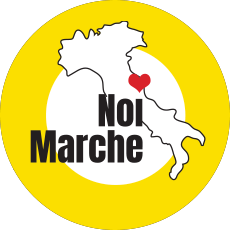The village
Grottazzolina is a medieval village with ancient Picene origins. It is famous for its artisanal and industrial traditions, as well as its festivals, including the main one dedicated to the Blessed Virgin of Perpetual Help. Also noteworthy is the historical reenactment "The Days of Azzolino," dedicated to Azzo VII d'Este, the figure from whom the town takes its name. The social, cultural, and recreational life of the village is vibrant and lively, fueled by the presence of over 20 associations.
Strolling
There are various monuments to visit. At the center of the historic settlement stands the Azzolino Castle, a symbol of civic pride, with its medieval cistern. From the castle's balcony, you can admire a breathtaking panorama that stretches from the Sibillini Mountains to the Ete Valley, while on the opposite side, you can see the Tenna Valley extending towards the sea.
In the town center, you'll also find "la Cozzana," a neighborhood with ancient origins, which encompasses the eastern side of Piazza Umberto I, where the Benedetti Palace is located. It was formerly a hospital and now serves as a venue for associations and the "Generazione di Piceni" exhibition. The Church of Piazza Umberto I is worth visiting, as the parish church of St. John the Baptist has been listed among the National Monuments, especially for its exquisite stucco work.
Continuing towards Corso Vittorio Emanuele II, you'll come across the Pupilli Palace, the Town Hall in Romanesque style with medieval influences and an interesting crenelated tower. At the end, there's the Church of the Holy Sacrament and Rosary (17th century). Finally, on the outskirts of the center, you'll find the "Ermete Novelli" Municipal Theater in Art Nouveau style.














